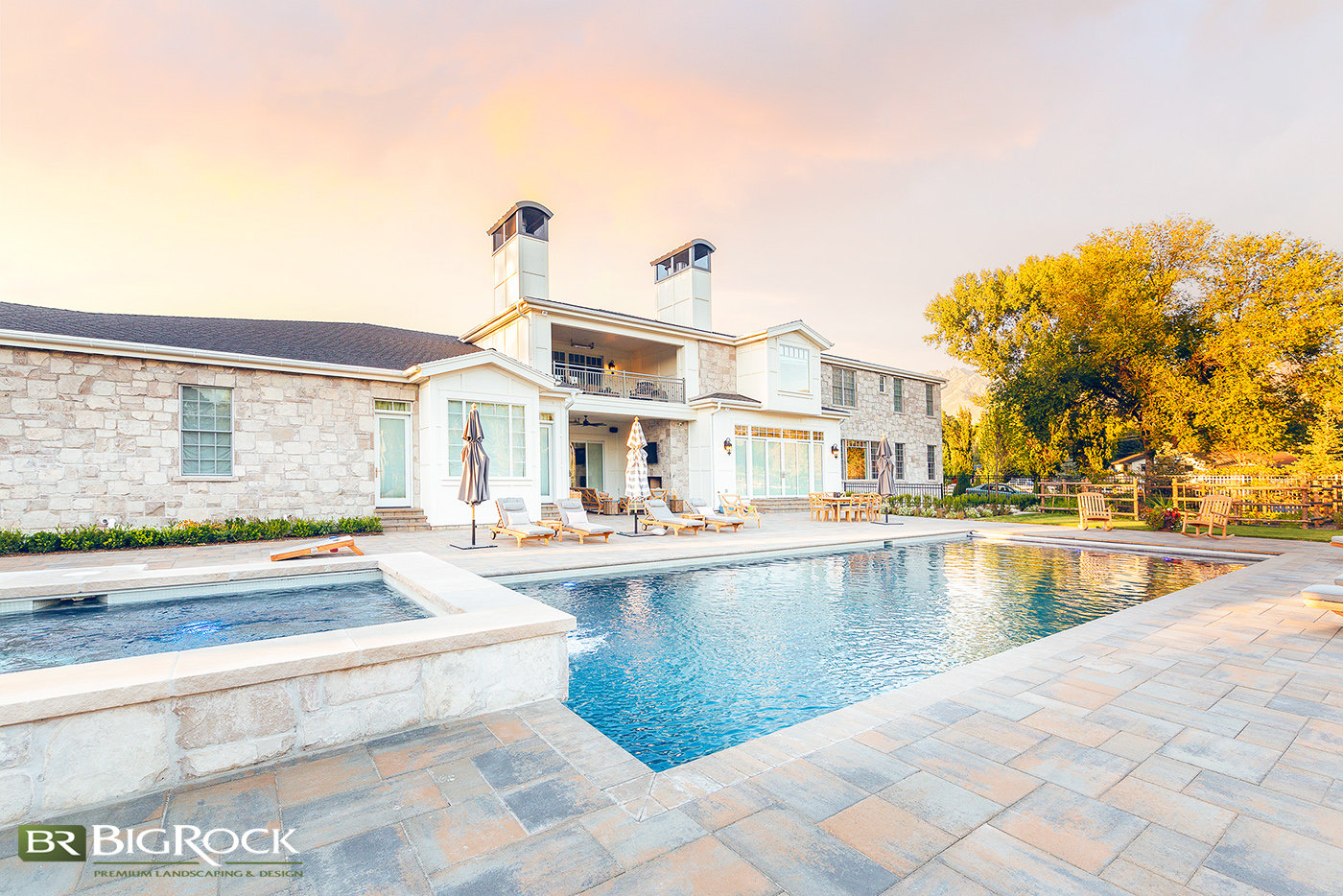
Ready To Take The Plunge? Here’s What You Need To Know For Your Pool Design
You can see it clearly–long summer days with friends and family happily splashing in your pool. Late night swims while the sun sets—peaceful mornings on the deck with a good book and the calming ambiance of rippling water. You are ready for a pool, but where do you start? What do you need to consider before you install a pool? There is much more to good pool design than choosing the size and shape of your pool. It is crucial to consider other factors like the type, location, and maintenance before you break ground on your pool. If all of this seems overwhelming, well, that’s because it is! But we’re here to give you a crash course on pool design so you can enjoy your pool without the headache.
Here’s A 5 Minute Crash Course In Pool Design
Pool design is much more than the aesthetics of the pool. In fact, the look of the pool is actually the easiest part of the design process. Apart from aesthetics, there are many factors to consider before you start your pool. Use these 7 mini lessons to guide you during the design process.
Lesson #1- Pool Design Types
There are three main types of in-ground pools: concrete, fiberglass, and vinyl. Concrete pools are poured into a hole supported by rebar and can be sculpted into just about any shape. This type of pool is also the easiest to repair and maintain because you can more easily repair damaged pieces. The customization and longevity of this type of pool make it one of the most popular types. Concrete pools take longer to install because of the curing time for each layer of the pool, require a little more hands-on maintenance, and the rough interior surface isn’t as soft on your feet as other pool options.
Fiberglass pools are pre-made shells brought to your home and lowered into the ground with a crane, then secured with coping around the outside. This makes the installation much faster than a concrete pool, however, you can’t customize the shape and size of a fiberglass pool. Fiberglass has a smooth interior, so it’s difficult for algae to cling to, making it a little easier to maintain, as well as less painful on your skin. The initial cost of a fiberglass pool is more expensive, but with the right maintenance plan, it can be less expensive to maintain over time.
Vinyl liner pools are pools that have metal or plastic frames set into the ground and then lined with vinyl to form the pool shell. The top is held down by coping and underneath the floor of the pool is a bed of sand or other material. Vinyl pools are the least expensive to build, but require more maintenance and aren’t as durable as other pool types.
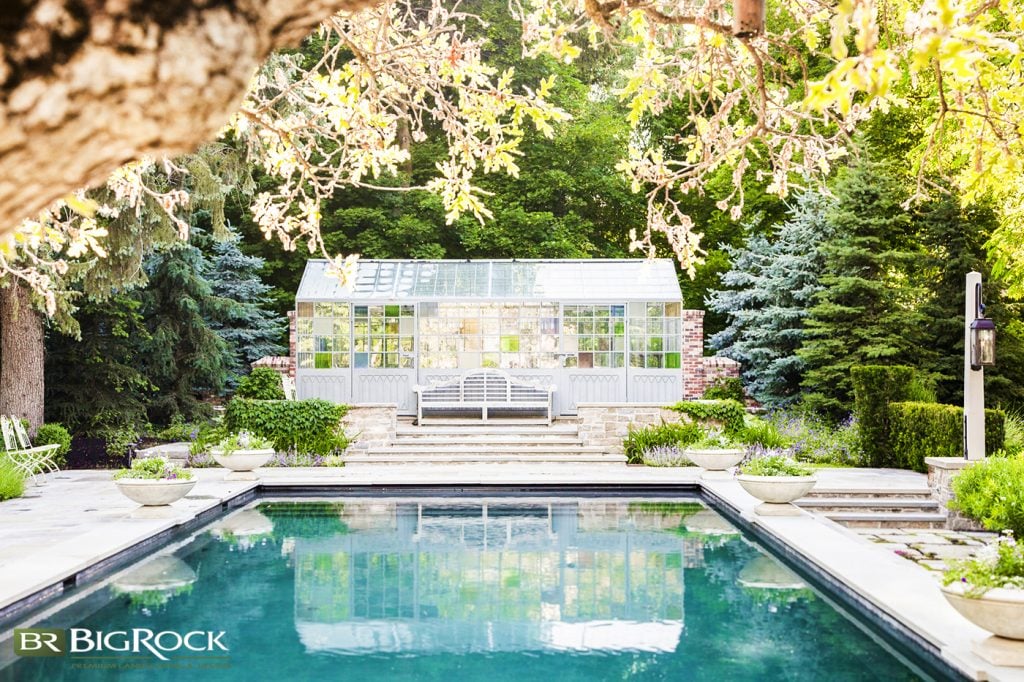
Lesson #2 – Laws And Insurance
Before you start measuring your space for a pool, check your local zoning laws. What size of pool are you allowed to have? What about the easements of your property? What types of licenses and permits will you need to start the project? If you aren’t sure, hiring a pool contractor may be your easiest option. They will be able to handle all the permits and zoning requirements for your project. You’ll also need to consider the cost of the insurance for the pool. Call your home insurance company and ask what policies or changes to your existing policy you will need to make before you install the pool.
Lesson #3 – Primary Use
When you envision a pool in your yard, how do you see yourself and your family using it? Do you want a kid-friendly paradise, complete with a slide, diving board, and basketball hoop? Or do you see your friends lounging in the pool with a waterfall for ambiance? Maybe you want the pool for exercise, so a lap pool with the bare necessities is plenty to meet your needs. Or, do you want it all? A place for kids to play, room for adults to relax, and plenty of length for your morning laps? Getting clear on the purpose of your pool will help you with all the upcoming design decisions you have to make.
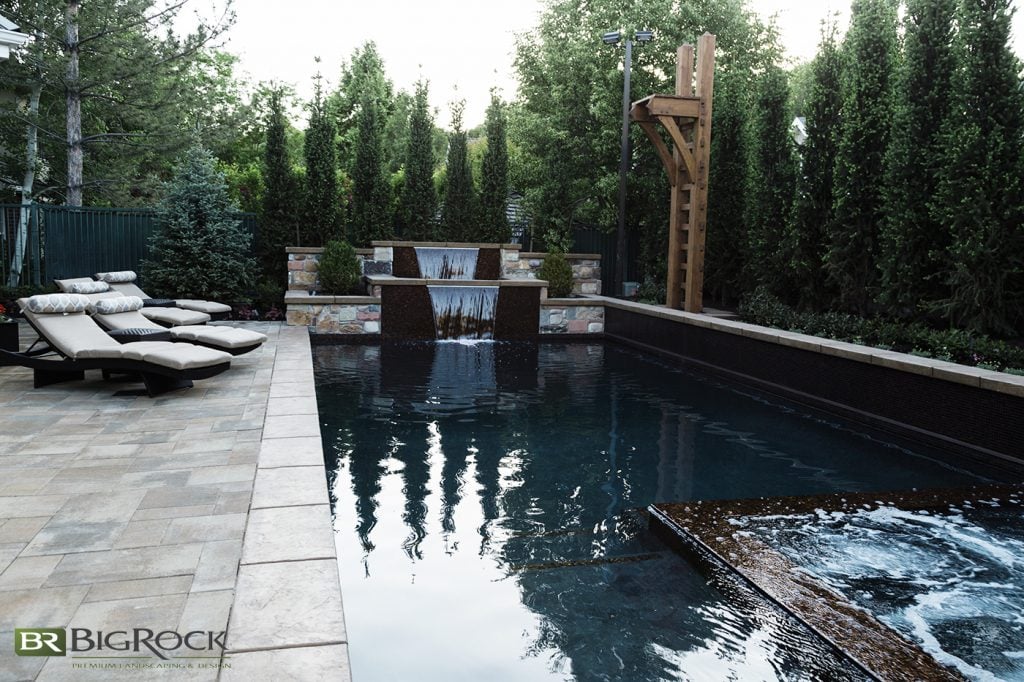
Lesson #4 – Aesthetics And Location
Now that you know how you want to use your pool, it’s time for the fun part–choosing the color, size, and shape of your pool. Remember, depending on the type of pool you choose you might have limited options for customization, but even with a fiberglass pool, you’ll have to choose a shape and size. As you do this, you’ll need to consider the existing landscape. Do you have a modern or traditional landscape design? What are the existing shapes and colors of your backyard? Choose a pool design that compliments your current landscape. If you aren’t sure how to make your current landscape work with your pool, consulting a landscape design team will help you make these crucial decisions for your pool.
Lesson #5 – Maintenance
How much time do you want to spend taking care of your pool? Alternatively, how much are you willing to pay for a company to take care of your pool? Realistically, how much time and money will you spend to create the pool of your dreams? Before you choose a type of pool to install, you should consider the maintenance required for each type. Concrete pools tend to need more chemicals to keep algae from growing, as well as patches for the cracks that will appear over the years. Fiberglass pools need less maintenance because of their Gelcoat, but they still require checking the chemicals and other regular care. Vinyl pools can harbor algae, and require regular maintenance to ensure that the algae don’t get out of hand.
Pool maintenance is work, whether it is you or a hired company, and deciding how much you are willing to do or pay for someone else to do before you install a pool will help you get an idea of how much the pool will cost long term.
TRENDING: Is A Pool Worth It In Utah?
Lesson #6 – Budget
The trick with installing a pool is balancing how much you spend upfront with how much you will spend on maintenance over time. Concrete pools cost anywhere from $75,000-$200,000, depending on the size, shape, and depth of the pool. Because concrete pools are porous, you will need to spend more on chemicals as well as electricity to run the pump more often. However, for many people, the benefit of total customization of concrete pools makes them worth the extra money.
Fiberglass pools are on the higher end of installation costs, averaging around $90,000 But their long-term maintenance costs are lower because algae can’t easily grow on the smooth surface of the pool.
Vinyl pools are the least expensive to install at around $75,000 but are less durable and harder to maintain than other pool types. Considering the maintenance costs associated with your pool is a huge consideration when you budget, as the upfront cost of a pool is only just a part of the actual cost of owning a pool.
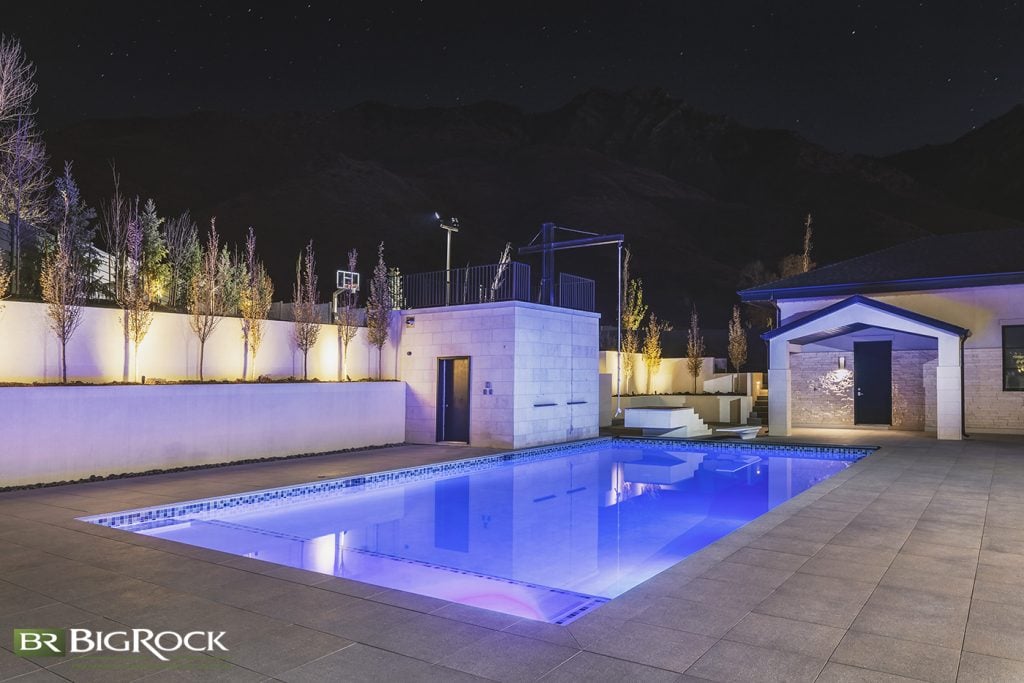
Lesson #7 – Contractor
Hiring a contractor for your pool installation is as important as hiring a contractor for a home renovation. The longevity, aesthetics, safety, and durability of your pool depending on the expertise of your contractor, so choosing an experienced contractor who can help you design and install the perfect pool for your space is crucial. Before your hire, make sure that the company is licensed and insured and that they have good reviews. Take the time to review their existing work portfolio on their website or other platforms. As always, finding a company that is friendly, knowledgeable, and experienced requires time and effort. But with such a big project, it’s important to find the right team to help you make your dream pool a reality.
Why Getting The Right Pool Design Matters
A pool is more than a nice place to take a dip on a hot summer day–it’s a huge feature in your landscape design. The right pool design can make your backyard your personal oasis, but the wrong design can turn it into an eyesore at best and a safety hazard at worst. There are so many factors to consider when you are designing your pool. From the look and feel of the pool to the local zoning laws to the long-term maintenance and more. A pool isn’t something you can throw together and hope for the best. Pools aren’t easy to fix once they are installed, and they are even more difficult and expensive to remove if you don’t plan your pool correctly. Don’t let your pool become a dangerous, money-sucking eyesore. Hire the right team to make your pool beautiful, durable, and easy to maintain. You deserve the joy of a pool without the headache!
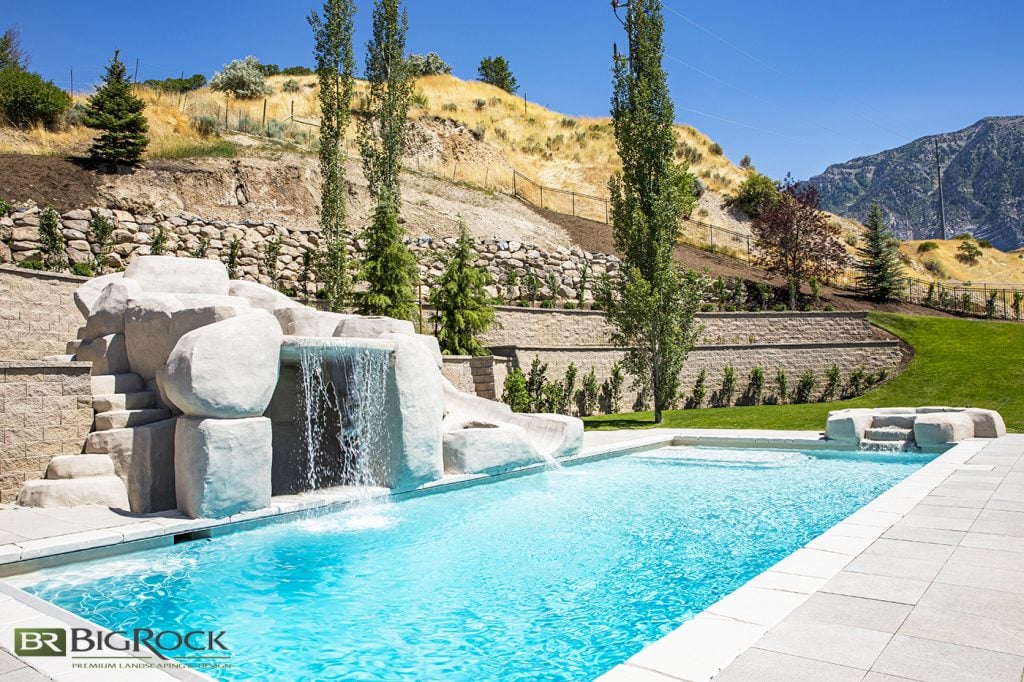
Why You Shouldn’t Rely On An App For Your Pool Design
Using an app to order dinner, a ride, or your plane tickets makes your life easier. The convenience of using an app to complete simple daily tasks is one of the benefits of living in the modern world. However, for something as complex and expensive as pool installation, an app is the opposite of convenient. An app can’t accurately tell the size, scope, and feel of your landscape, even with pictures and measurements. An app might ask what your preferences are for the type and style of your pool, but can it give you personalized ideas based on decades of experience? Not the way a professional pool installation team can. There are far too many hands-on factors to consider and way too high a price tag to install pools to leave the design in the digital hands of AI. Apps are great for so many tasks, but pool installation is a task that should be left solely in the hands of an experienced pool installation company.
Need Help Designing Your Pool? Contact Big Rock For Your Landscaping
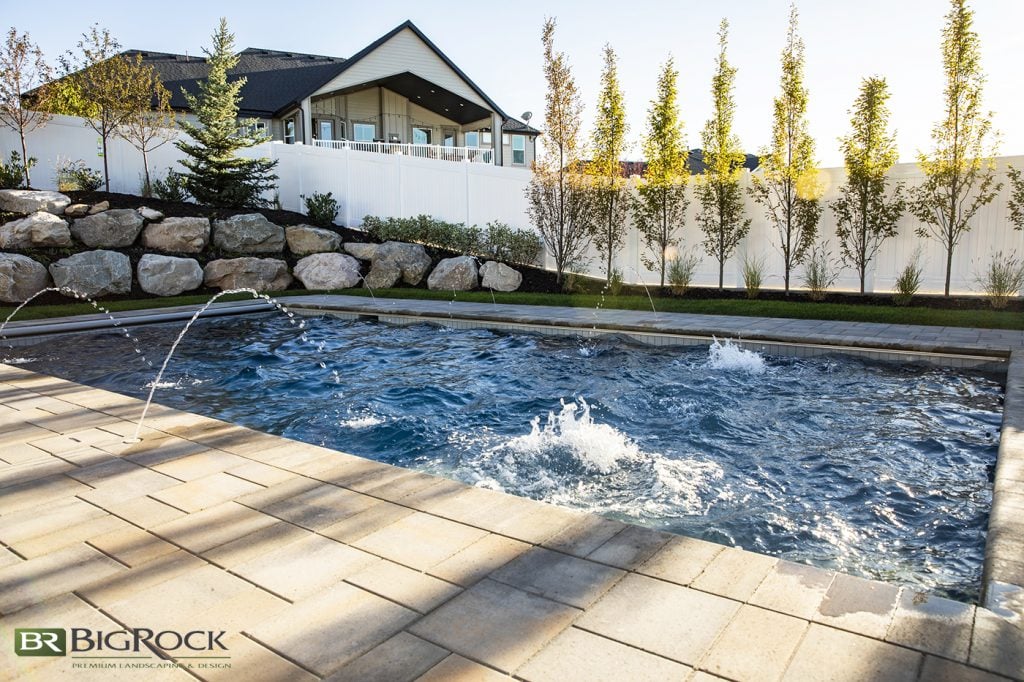


Leave a Reply
You must be logged in to post a comment.